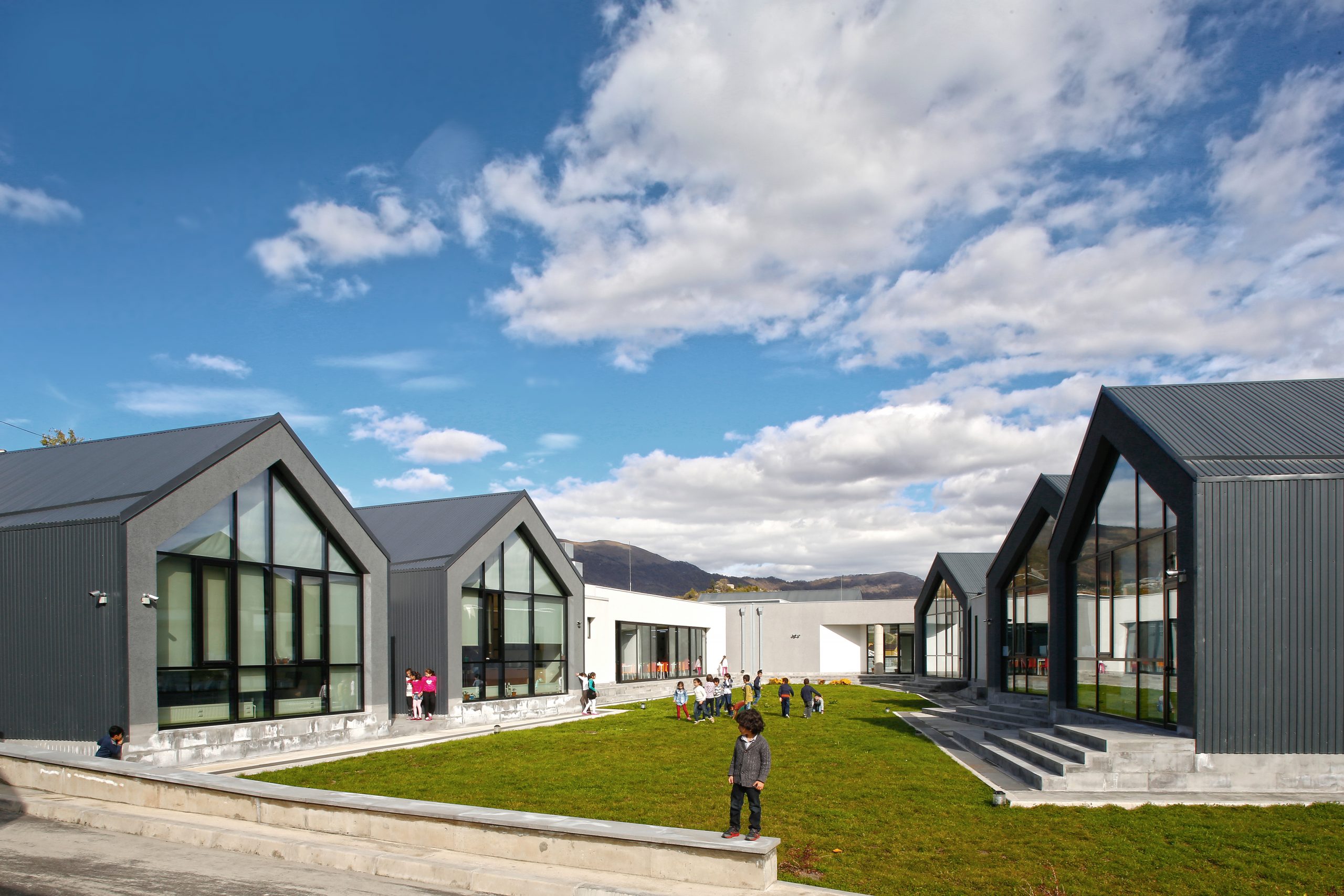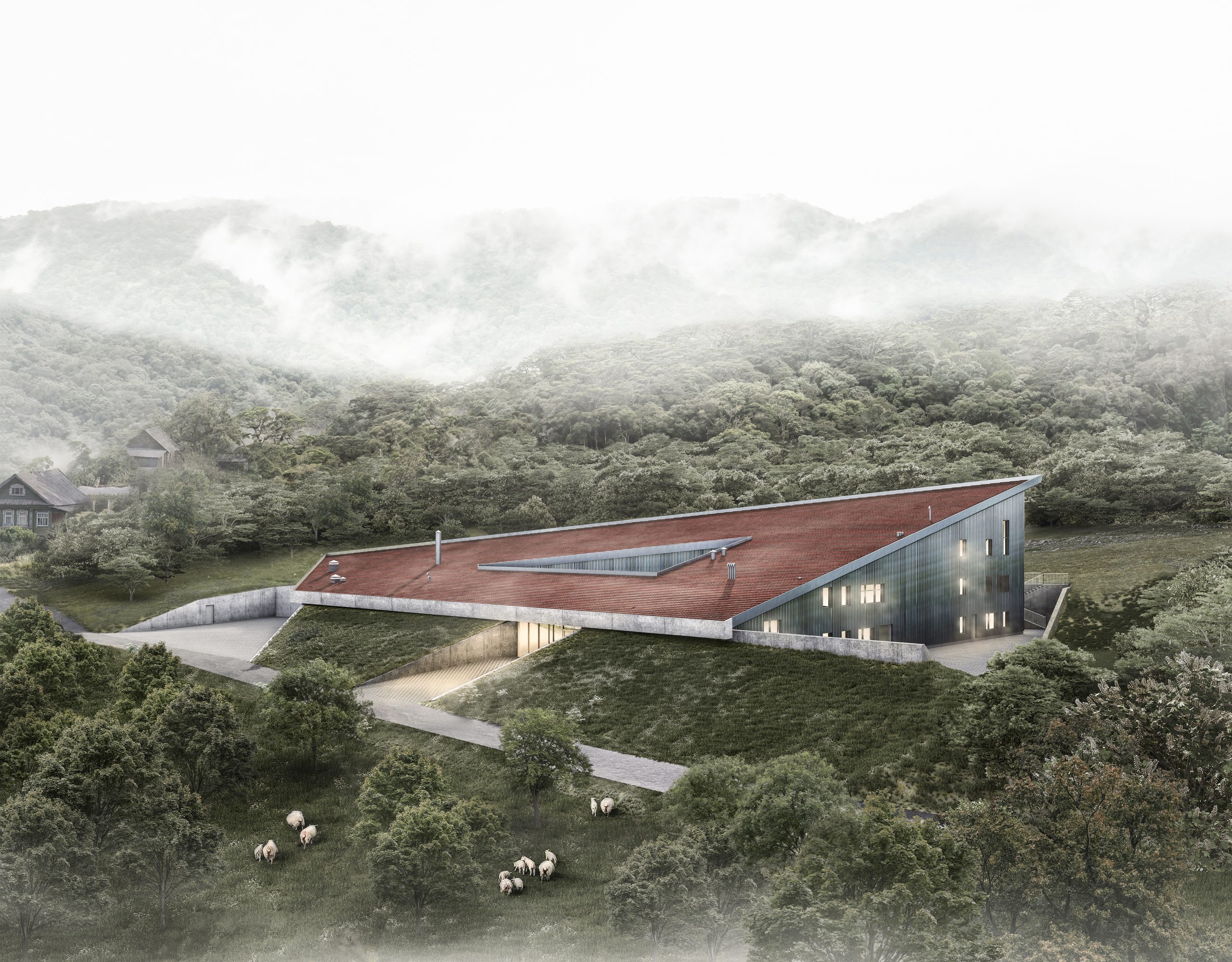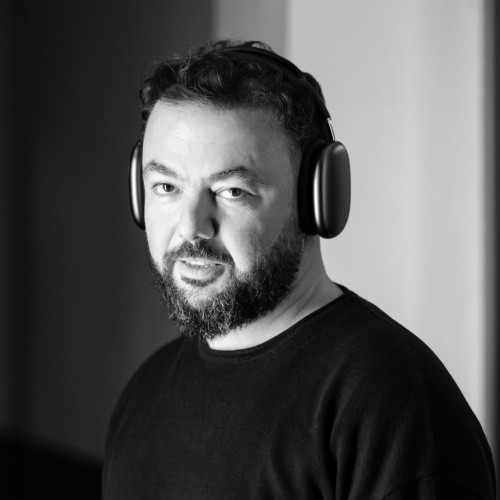Biography
ABOUT
Meroujan Minassian is a Co-founder at Storaket architectural studio, a 50-person company with offices in Yerevan, Montreal and Moscow. He is now working on the Research project in collaboration with Harvard University in Boston (in collaboration with INVIVIA, LEARNIG LEARNING ARCHITECTS), which is a concept about the future of residential buildings, in terms of planning and materials. Meroujan is an active member of Yerevan Urban Planning committee. He has been lecturer for 8 years at National University of Architecture and construction of Armenia.
AWARDS
- Artur Tarkhanyan medal for AYB school building design
- BUILD SCHOOL PROJECT 2019 GOLDEN DIPLOMA / Best solution for interiors and building elements
- AYB school, Architecture of public buildings – recreation, trade and entertainment
- Laureate III degree/COAF Sports Complex
SHORT DESCRIPTION ABOUT THE OFFICE
Storaket (Armenian: [stɔɾɑˈkɛt]) is a comma – punctuation mark, that symbolises the moment when two ideas merge to create a new statement of increased depth, complexity and meaning. Founded in 2007 by Meroujan Minassian and Narbeh Bedrossian, Storaket is a platform for rethinking, generating ideas, and fostering dialogue between different architectural styles and languages, where the combination of diverse concepts creates new meanings.
AWARDS OF THE OFFICE
WAF Shortlist/Completed Buildings: School/Ayb School, International Association of Unions of Architect/ Diploma 2nd/Dilijan Central School, ArchDaily & Strelka Award Nomination/ Ayb School
PROJECTS TO BE PRESENTED DURING THE EVENT
Project #1: Ayb Learning Hub
Start year: 08.05.2008

Ayb Learning Hub The Ayb Learning Hub is an innovative educational campus that blends modern teaching methods with national traditions to foster a culture of excellence in learning. The project includes a variety of spaces—schools, a science and technology center, Fab Lab, church and community center, kindergarten, sports complex, dormitories, and green areas—designed to serve 800 students across elementary, middle, and high school levels. Many of these facilities are already in use, some are under construction, and others are planned for the future. The Hub is designed to support advanced teaching technologies, laboratories, and interactive learning environments. Inspired by global best practices, Ayb continues to grow as a platform for educational innovation and ongoing development.
Project #2: Dilijan Central School
Start year: 08.09.2015

Dilijan Central School is an elementary and middle school located in the Tavush region, in the western part of Dilijan. It is designed to accommodate up to 160 pupils from 1st through 9th grade. The school’s architecture harmonises with the city of Dilijan and its buildings. The central idea is that classrooms are spaces where students develop their value system, much like they do at home. Consequently, the design of Dilijan Central School draws inspiration from the traditional wooden homes of Dilijan. Both externally and internally, the classrooms are designed as lodges to reflect the architecture and layout of the town of Dilijan.
Project #3: Debet School
Start year: 08.03.2021

The project is located on the territory of an existing school in the Debet village, Lori region. The main design idea aims to develop an innovative and accessible educational environment for students, taking into account local architectural traditions and the unique landscape of the project area.The architectural style of Debet village is characterized by red-tiled roofs in a variety of configurations: single-pitched, double-pitched, and quadripitched. The sloped roof of the school was designed with a single-pitch, table-like shape and covered in red tiles to respect local building traditions. The limited space allotted for the new school prevented the concept of a large building with all the necessary functional areas. Therefore, a multifunctional approach was adopted, allowing the educational spaces to be used for various purposes. The classrooms were designed to be transformable, using soundproof curtains instead of traditional wall systems. The innovative solution allows the classrooms to be easily opened up and integrated with other recreational zones within the school.














